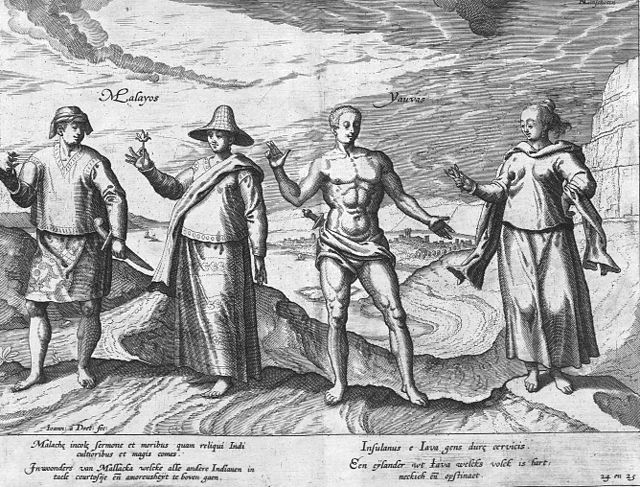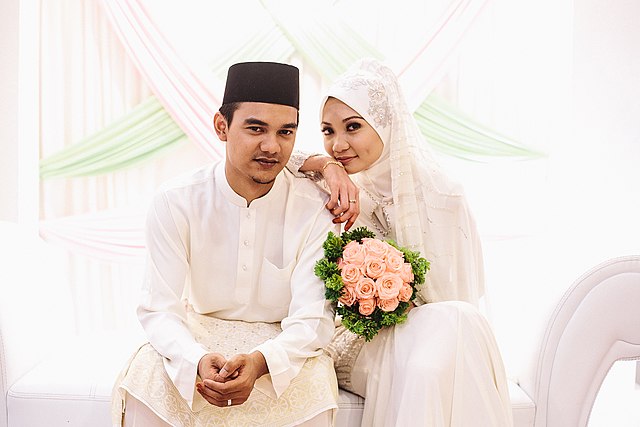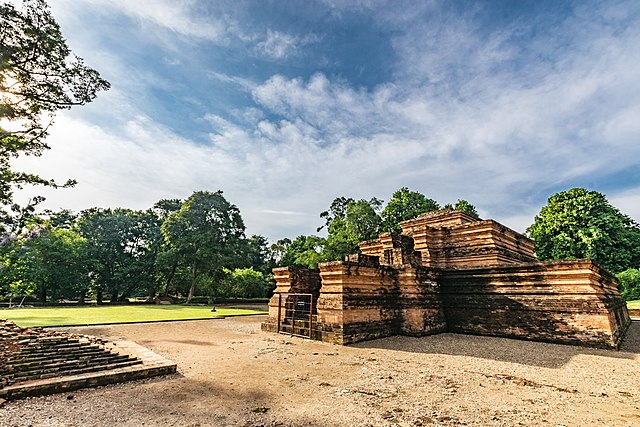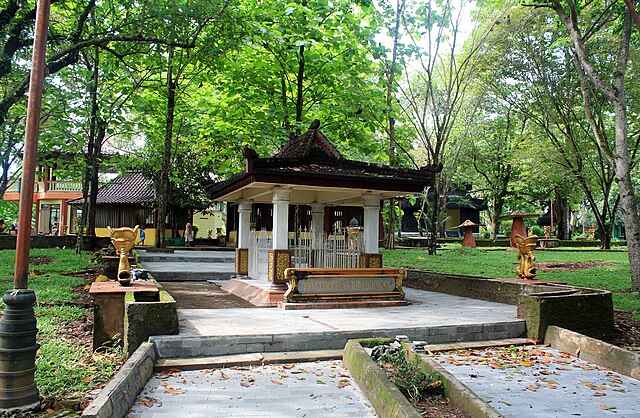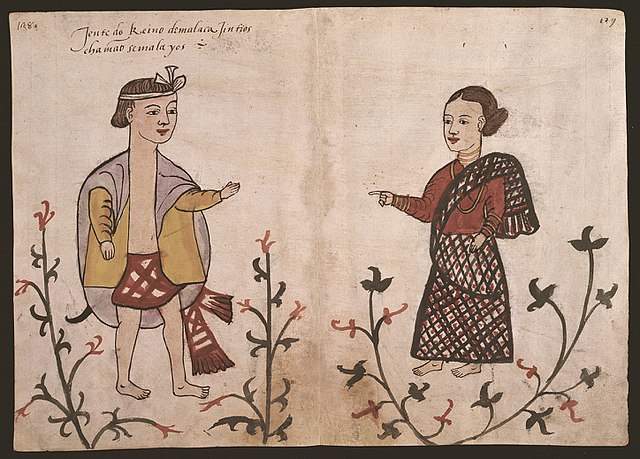Malayness is the state of being Malay or of embodying Malay characteristics. This may include that which binds and distinguishes the Malay people and forms the basis of their unity and identity. People who call themselves Malay are found in many countries in Southeast Asia, united by a notional shared identity but divided by political boundaries, divergent histories, variant dialects and peculiarities of local experience. While the term 'Malay' is widely used and readily understood in the region, it remains open to varying interpretations due to its varied and fluid characteristics. 'Malay' as an identity, or nationality, is considered one of the most challenging and perplexing concepts in the multi-ethnic world of Southeast Asia.
Sultan Omar Ali Saifuddin Mosque in Brunei on the eve of Ramadhan. The wealthy kingdom adopted Melayu Islam Beraja (Malay Islamic Monarchy) as the national philosophy since its independence in 1984.
The Malays and the Javanese, Joannes van Doetecum's 1596 engraving in Jan Huyghen van Linschoten's Itinerario, one of the earliest depiction of Malays in European art. The two Dutch legends read "Inhabitants of Malacca, the best speakers, the most polite and the most amorous of the East Indies." and "Inhabitants of Java, who are hard-headed and obstinate."
Malays are an Austronesian ethnoreligious group native to eastern Sumatra, the Malay Peninsula and coastal Borneo, as well as the smaller islands that lie between these locations. These locations are today part of the countries of Malaysia, Indonesia, the southern part of Thailand, Singapore and Brunei Darussalam.
A Malay couple in traditional attire after their akad nikah (marriage solemnisation) ceremony. The groom is wearing a baju melayu paired with songkok and songket, while the bride wears baju kurung with a tudong.
Muaro Jambi Temple Compounds in Jambi, historically linked to the pre-Islamic Melayu Kingdom. The Melayu-Srivijayans were known to construct complex building system in its capital, major cities and important urban centres.
Bukit Seguntang in Palembang. According to Sejarah Melayu, the hill recorded the advent of Sang Sapurba, a legendary progenitor for various Malay royal houses in Sumatra, Malay Peninsula and Borneo.
Portuguese watercolour of Malayan people of Malacca, circa 1540, featured in the Códice Casanatense


